You are here
Grand Staircase-Escalante National Monument
Canyonlands + Abajo Mountains, Utah
Grand Staircase Escalante National Monument
Escalante - Grand Staircase Area, Utah
Las Vegas + Southern Nevada, Nevada
Grand Staircase-Escalante National Monument
Glen Powell National Recreation Area
Grand Staircase-Escalante National Monument

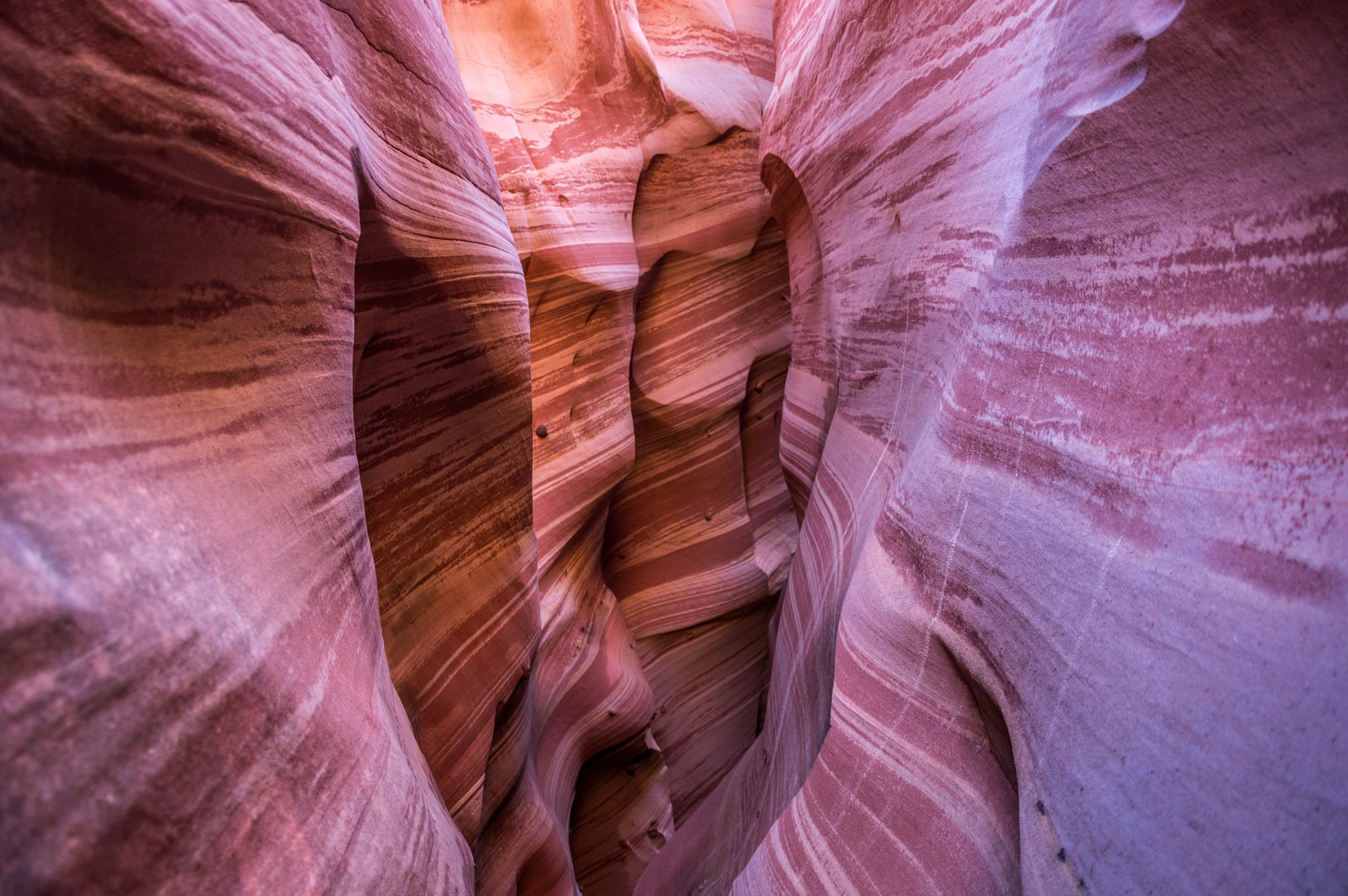
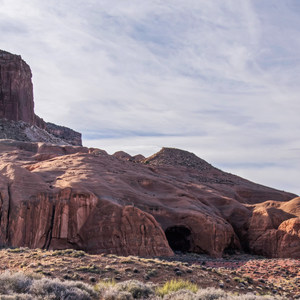
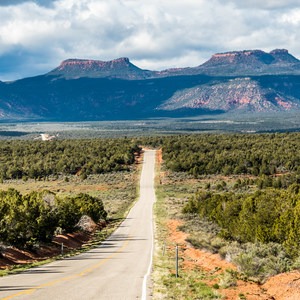
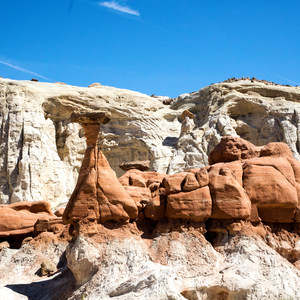
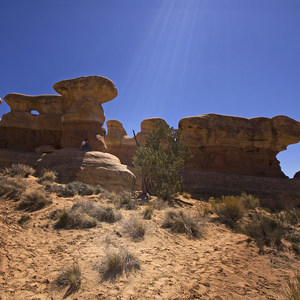
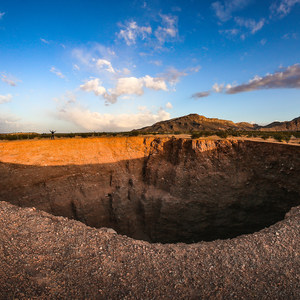
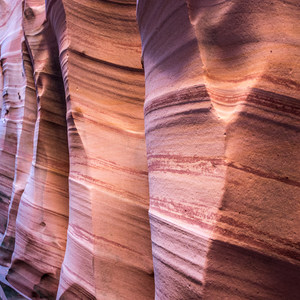
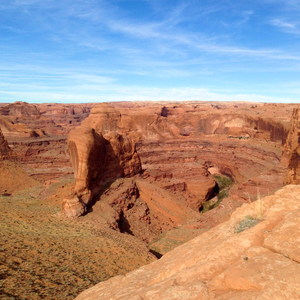
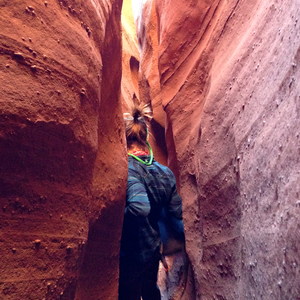



Comments
Sign In and share them.